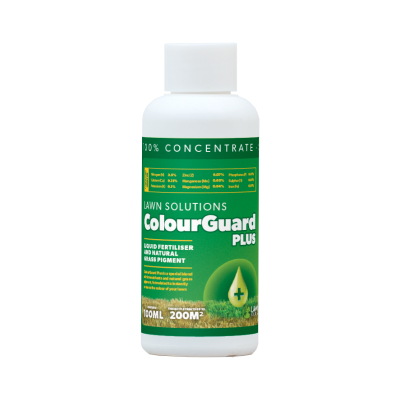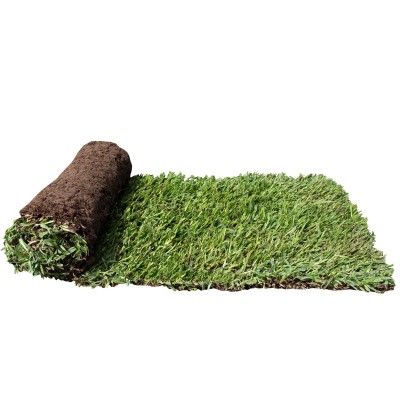Summer has come to an end, and temperatures should be heading south over the next few months. It’s time for some Autumn lawn care.
Although we have had a few hot days over summer, your lawn has mostly faced wet and humid conditions. This makes Autumn an even more important time to get your lawn back on track before the end of the growing season.
Much of the work now will be to get your lawn prepared for the cooler months ahead where it will slow down into a certain level of dormancy. The healthier your grass is going into the cooler months, the better it will come out the other side in spring.
Here are some things you can do:
Aerate
During summer you spend a lot more time on your lawn, combine this with the heat of the sun and your soil base can get quite compacted. These conditions are not ideal for turf growth. However, aeration will help improve the soil structure. To aerate your lawn, you can use either an aerator, garden fork, or aerator sandals. Simply drive the fork into the lawn and give the fork a wiggle to help create fractures within the soil profile. By doing this, the soil will allow better root growth, water penetration and allow for oxygen to the soil profile.

Fertilise
By fertilising your lawn in autumn, you will be preparing your lawn with its essential nutrients, encourage growth and extend your lawns colouring heading into the cooler periods. Autumn fertilising will help your lawn recover quicker from any stresses that it faced over summer and will help it repair itself faster. We recommend applying a slow-release granular fertiliser, such as Lawn Solutions Premium Fertiliser, as it will break down gradually releasing nutrients for your grass for up to 12 weeks after the initial application.
If you are looking to provide a boost in colour and turf strength, Iron Guard Plus is a liquid bio-stimulant containing iron that will maximise turfgrass colour retention and promote lateral growth, making it ideal for improved winter dormancy transition.
Weeding
Autumn is a great time to get on top of any weeds that have come through your lawn over the summer. As we start to head into winter, your grass will start to become dormant and slowdown in its growth. However, this is not the same case for weeds as many of them will still continue to grow into the cooler months. To get control over these weeds, apply an appropriate herbicide or remove by hand. To prevent Crab Grass, Winter Grass, Oxalis, and Crowfoot in winter you can apply a pre-emergent product such as Oxafert in mid to late autumn, just before these weeds germinate, preventing them from growing in your lawn.

Managing shade
Heading into the cooler months, it is important to ensure that your lawn will be receiving enough sunlight. We recommend that you regularly prune any trees, bushes, and other foliage to better allow for sunlight. If your yard experiences leaves falling onto your lawn, we recommend that you rake these up regularly, so they don’t prevent sunlight getting through to the grass.
Regular mowing
You will find that you will be mowing less frequently due to the weather cooling down. While the number of times that you are required to mow will start to reduce, it is important to not forget about the lawn completely. As the weather begins to cool down, we recommend that you raise the mower height to give your lawn the best chance to absorb sunlight and nutrients. A longer leaf will help to ensure a thicker canopy that is better able to block out weeds and retain colour in winter.

Only water when needed
As it starts to get cooler, your lawn may still need watering. The tell-tale signs that your lawn needs watering are if the leaf blades are wilting or losing colour or if a noticeable footprint is left behind when you walk across the grass.
Edging
Autumn is a great time to get on top of edging. As your lawn’s growth begins to slow, your edging work will last for longer. To get the best results when edging, we recommend using a whipper snipper or an edging tool. For more information on lawn edging, check out our blog here.
Laying turf
Autumn is a great time to get some new turf down. There’s enough time left in most states for good root establishment before winter. Lower temperatures during this time mean you won’t require as much water to keep it hydrated as you would during summer.

For more information on lawn care activities, check out our blog here.


